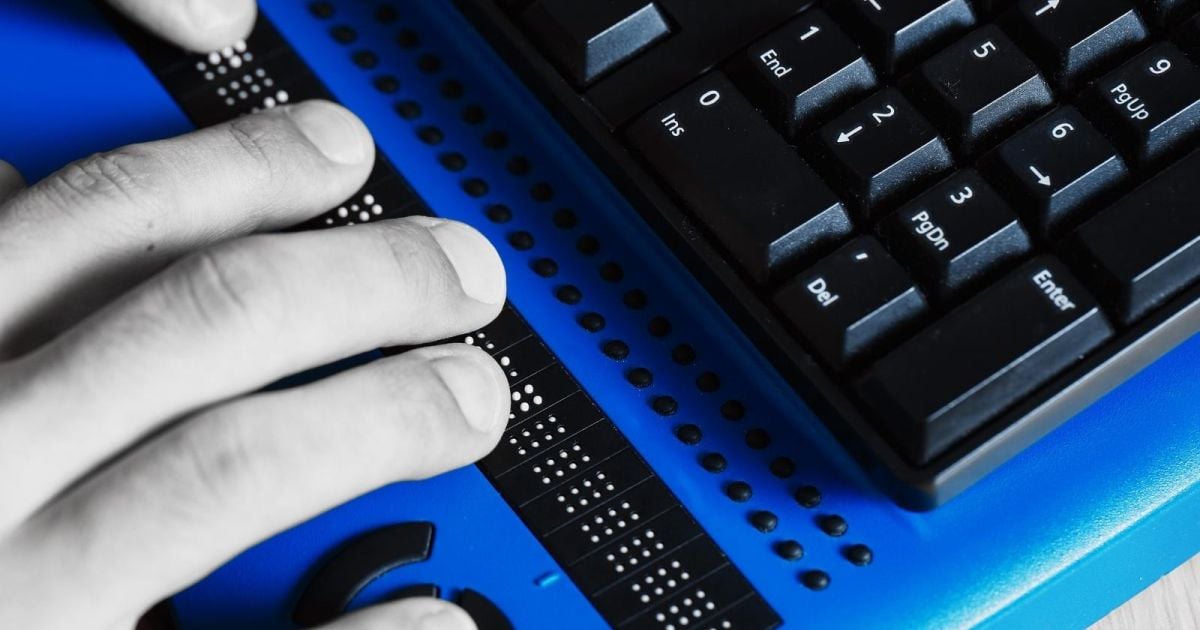Assistive Technology: A Revolution
The term “assistive technology” (AT) comprehends a diverse range of products and services personalized to support individuals with varied needs in utilizing technology safely and efficiently. AT comprises of certain devices, software, and equipment intended to aid individuals in overcoming challenges, thereby enabling improved learning, communication, and overall functionality.

In the educational sphere, students confront numerous obstacles throughout their academic journey, particularly those with disabilities or special needs, who may encounter added barriers to task completion. The incorporation of assistive technologies within educational settings has led to significant advancements aimed at enhancing the quality of education afforded to such students. Ongoing technological advancements have generated innumerable advantages, working to level the educational scenario and ensure reasonable opportunities for all learners.
As a student of Psychology and an educator, I’ve always believed in the power of technology to enhance learning experiences. I’ve witnessed real-life examples of how assistive technology enables differently-abled individuals to communicate, learn, and play and this revelation left a profound impact on me.
As an educator, I came across a student, who struggled with traditional learning methods due to a learning disability, and it struck a chord with me. I couldn’t help but empathize with her challenges and wish she had been introduced to assistive technology earlier than my intervention. Assistive technology wasn’t just a tool; it’s become a lifeline for her, enabling to unlock her full potential. The immense impact assistive technology has on individuals’ lives is humbling.
The presentation and class discussion has also debunked common myths surrounding assistive technology that I had believed to be true. Contrary to popular belief, assistive technology isn’t exclusive to students with special needs, nor is it prohibitively expensive or overly complex. It’s a versatile tool that can benefit all students, regardless of their abilities or resources.
Learning about practical examples such as Immersive Reader and C.Pen further solidified my understanding of the role assistive technology plays in inclusive education. These tools, with their ability to support students with dyslexia and other learning differences, were an eye-opener to the endless possibilities they offer in enriching learning experiences.
With this newfound understanding, I’ve decided to take decisive action as an educator. I’m fully in support of seamlessly integrating assistive technology into my teaching methodologies to cultivate a learning environment that’s both inclusive and accessible to every student. Embracing assistive technology isn’t just a choice; it’s a mission to empower all learners, irrespective of their learning styles or abilities, to accomplishments academically.
In conclusion, I earnestly invite my fellow educators and learners to embark on a journey to collectively embrace assistive technology and revolutionize education, ensuring that every student has the tools and opportunities to thrive. Together, let’s harness the transformative power of technology to turn dreams into reality and unlock the infinite potential within every learner.
Hi Christina,
Your last paragraph is so powerful! It does feel like the true power of lessening the gaps in student learning lies in the collaboration or communication of teachers with one another. Taking this class, and having time to discuss and listen to one another about the various tools and technology in this class has provided such development and opportunities to enrich the classroom. I think you have hit the nail on the head there!
Thanks for sharing!
Thank you Chris…
Indeed, the significance of teacher collaboration in bridging learning gaps is spot on. Appreciate your thoughts!
Christina, your recent blog entry discussing assistive technology is both enlightening and inspiring! Your thorough examination of AT and its significant influence on people’s lives illustrates your profound grasp of and enthusiasm for inclusive education. Your heartfelt personal stories serve to underscore the practical importance of AT in empowering students with various needs. Your steadfast dedication to incorporating assistive technology into your teaching methods is praiseworthy and reflects your unwavering commitment to fostering an inclusive educational atmosphere. Please continue to illuminate others and champion the transformative potential of technology in education!
Thank you so much for your kind words and encouragement! I’m truly passionate about inclusive education and the transformative impact of assistive technology. I’ll continue to advocate for its integration and share insights to support others in fostering inclusive learning environments.
Christina, your blog shows how technology helps all students learn better. I like how you shared stories about students who benefited from assistive tech. It’s clear you care about making learning easier for everyone. Keep up the great work